Arthritis is a group of diseases triggered by infection, improper metabolism, and immune system disorders in which inflammation occurs in one or more joints. In this case, swelling, redness and increased temperature can be observed in the affected area. This process can take place in an acute or chronic form. In the first case, the patient has sharp pain in the knee or other joints, in the second case, the disease develops slowly due to the lack of definitive treatment of the disease in the acute stage. The most common types of arthritis are:
- osteoarthritis - damage to cartilage and adjacent bone tissues and muscle fibers;
- Rheumatoid arthritis is a chronic autoimmune connective tissue disease that causes irreversible changes in the joints of the wrists, fingers and toes, and leads to systemic damage to the body.
- dystrophy - destructive degeneration of the joints caused by metabolic disorders, vitamin deficiency, hypothermia or excessive physical activity;
- trauma - an inflammatory process that occurs in large joints (knees, elbows, shoulders) after an injury;
- gout (gout) - a systemic disease caused by an increase in the content of uric acid in the blood and a violation of purine metabolism, most often in men.
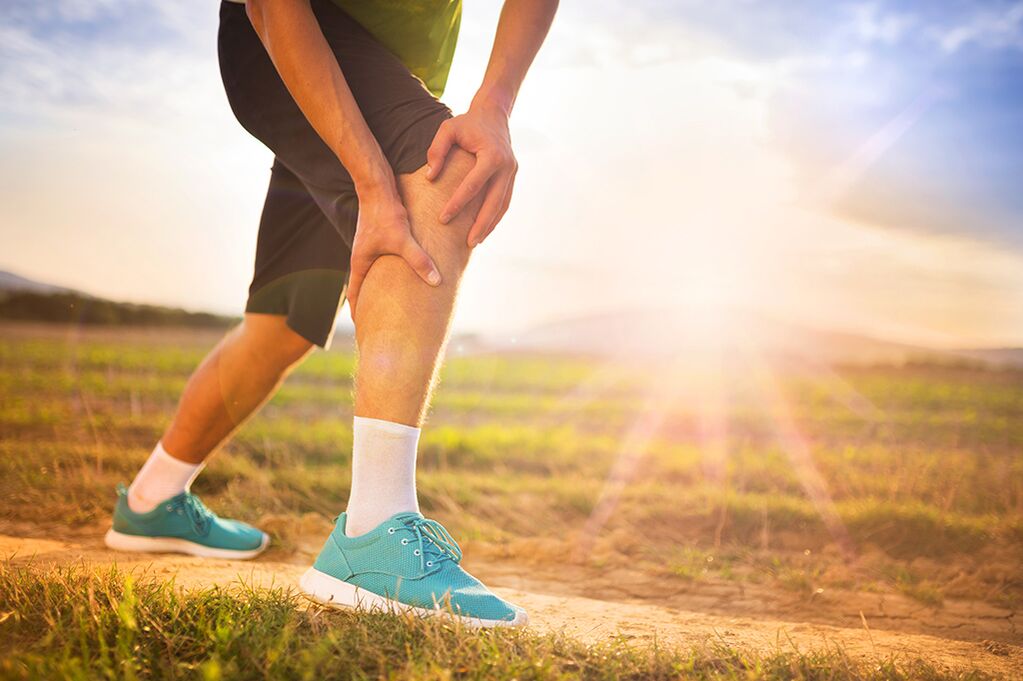
Causes of arthritis
Each type of arthritis has its own causes, the most common being:
- diseases caused by viruses, parasites, urogenital, transfer fungi;
- the presence in the body of foci of infection in the form of bulges, abscesses, boils, tuberculosis, caries and others;
- trauma that leads to damage to the joints;
- excessive physical activity;
- allergy;
- genetic predisposition;
- metabolic disease;
- unbalanced diet, insufficient amounts of vitamins and trace elements in food;
- bad habits (smoking, drinking, taking illegal drugs);
- overweight.
arthritis symptoms
The causes of the disease can vary, but there are some characteristic symptoms that occur in all patients. Seek medical attention if you experience:
- severe joint pain when moving or touching the skin in the joint area;
- stiffness of movements in the morning after waking up;
- swelling around the diseased joint, peri-articular tissues and ligaments;
- local congestion of the skin, accompanied by fever;
- characteristic crunching of the joints when making sudden movements;
- the feeling of quickly getting tired when performing simple tasks;
- Permanent deformity of the joint.
Importance!If you ignore the first symptoms and do not initiate arthritis treatment, the disease will progress and significantly reduce the patient's quality of life. In this case, the process can become irreversible and lead to disability!
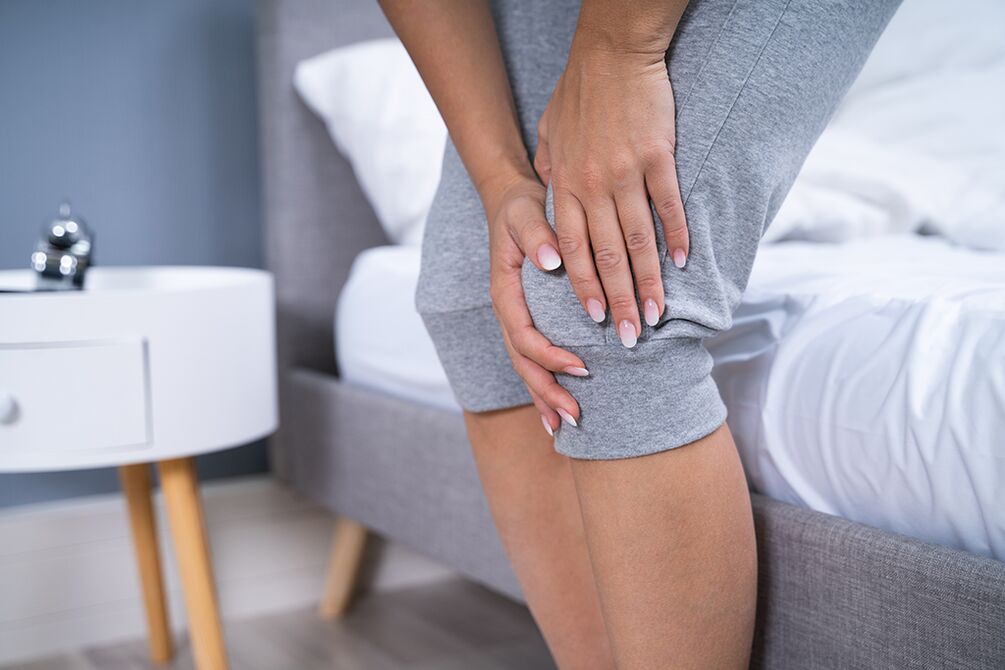
Stages of disease development
When determining the stage of the disease, the clinical manifestations of the pathology are taken into account:
- First - there is a slight limitation in joint mobility, self-service and occupational activities are preserved.
- Second - the mobility of the joints is significantly limited, there is a crunching sound when moving, leg pain increases when walking and at night.
- Third - there is a noticeable deformity of the joint, stiffness and severe pain are noted, the ability to work is partially lost.
- Fourth - joint deformity and loss of mobility, complete destruction of cartilage, severe pain creates a psycho-emotional burden, the patient loses the ability to serve himself.
Treatments
In specialized clinics, there is an orthopedic department, where the most qualified orthopedic surgeons are engaged in the treatment of arthritis. The doctor chooses a treatment option depending on the severity of the diagnosis. In stages I and II of the disease, conservative treatment is carried out:
- drug treatment, including intra-articular hyaluronic acid injections and medications;
- SVF therapy - treatment using cells of the stromal-vascular fraction obtained from the patient's adipose tissue;
- PRP therapy is the treatment of joints, tendons and ligaments by injecting plasma obtained from the patient's blood and enriched with platelets.
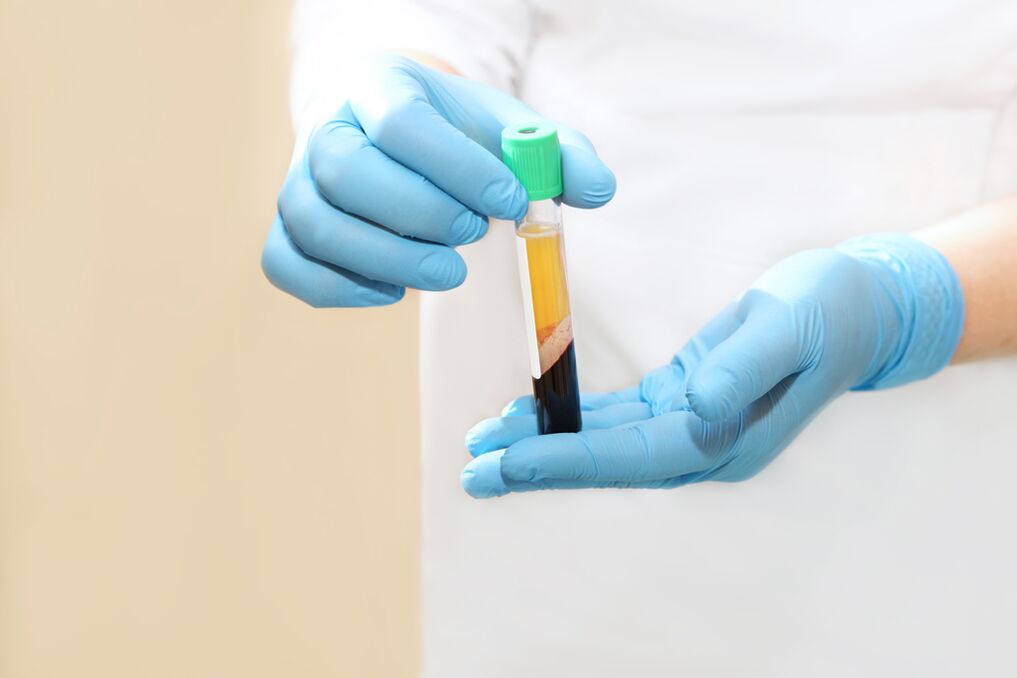
In the acute phase, blockade of peristalsis and drug anti-inflammatory therapies are performed. During the period of remission, exercise therapy and physical therapy are prescribed. According to the indications, surgical treatment is prescribed:
- orthopedic manipulation of shin bones, femurs, and knee joints to restore the axis of the lower extremities;
- Therapeutic and diagnostic arthroscopy (LDA), including meniscal reconstruction and microfracture to remove cartilaginous tissue defects.
Arthritis in stage III is treated with surgery. Mobility of the hip is restored with the help of chiropractic (total, unipolar, bipolar). When replacing the knee joint, a full restoration will be performed.
Prevention of arthritis
To prevent the development of the disease and consolidate the results of treatment, follow the recommendations of the doctor:
- avoid carrying heavy loads on joints;
- perform gymnastics for stretching, as well as joint gymnastics;
- organize reasonable nutrition, eat a lot of fresh fish and vegetables;
- monitor your weight, wear comfortable shoes, protect joints from exposure to cold;
- give up bad habits;
- periodically take a course of preventive massage;
- enhance immunity.
What is joint disease?
Osteoarthritis is a disease in which there is deformation and destruction of the cartilage tissue that covers adjacent joints. As a result, the bone tissue inside the joint becomes dense, forming cavities and masses that grow pathologically (osteogenesis) on it. Gradually, the space between the joints narrows and overgrown, they lose mobility.
Usually, the disease develops in people 45 to 50 years of age or older. The most common form of the disease is joint deformity, which affects the hip, knee, and ankle, wrist, and hand joints.
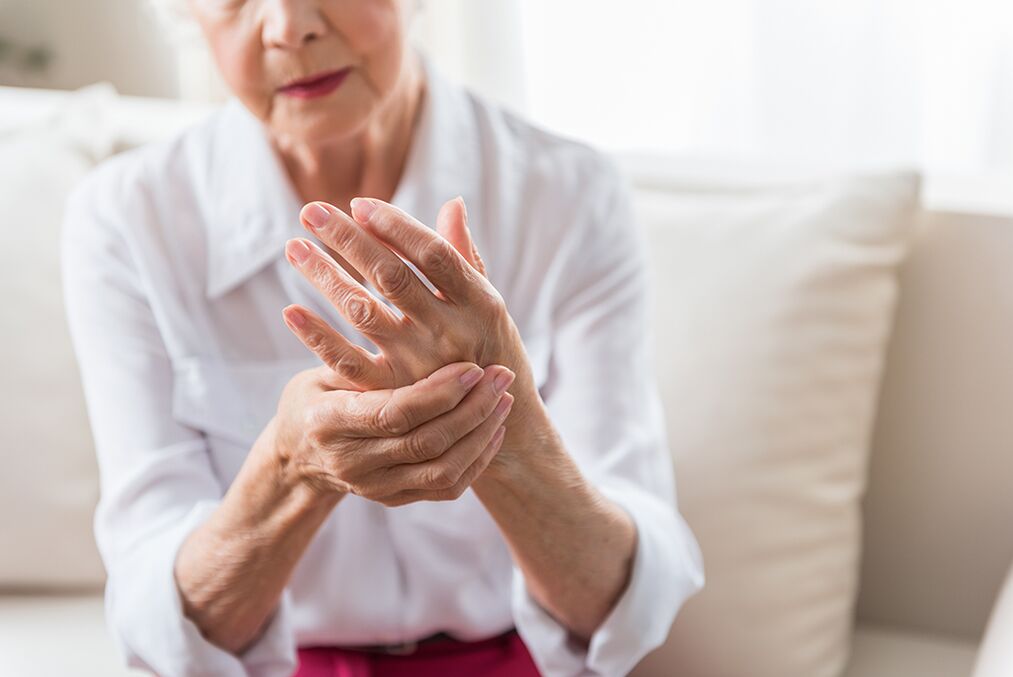
Causes of joint disease
Importance!The main cause of joint disease is a mismatch between physical activity and the ability of the joints to bear this load. The transition of acute to chronic arthropathy leads to joint deformity and destruction.
Possible causes of the pathology can be:
- diseases of the endocrine system - diabetes, obesity, hyperthyroidism, excessive secretion of pituitary and parathyroid hormones;
- various injuries: fracture with displacement of the joint surface relative to the normal axis, bruising, dislocation, ligament tear;
- inflammatory processes in the body;
- metabolic disease;
- congenital pathologies - flat feet, different lengths of limbs, dysplasia;
- peripheral neuropathy due to diabetes or alcohol abuse;
- hypothermia and others.
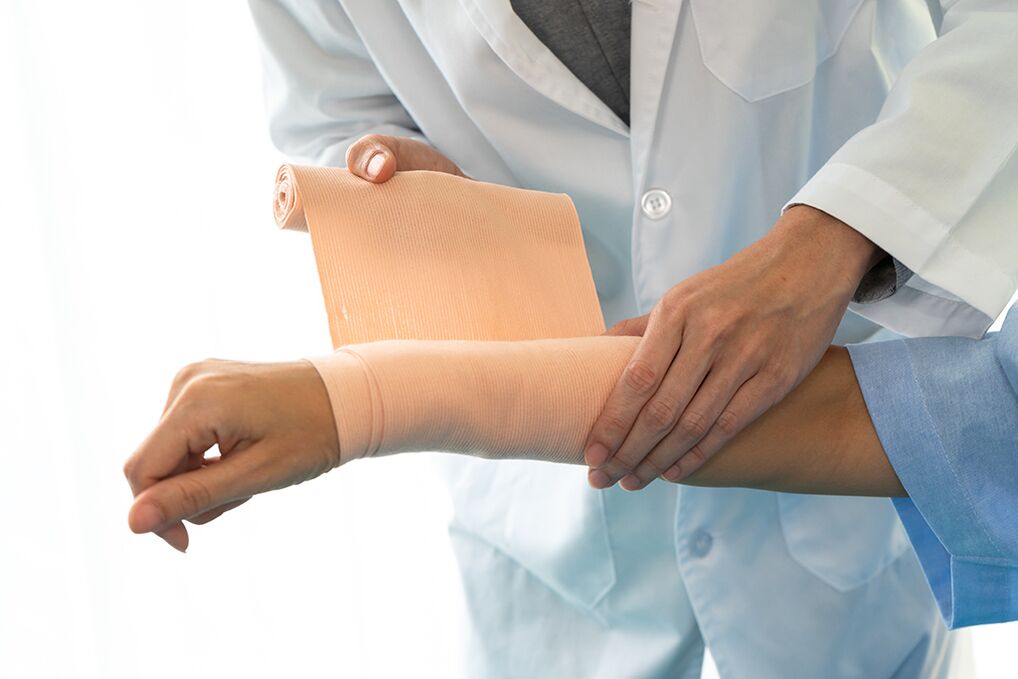
Symptoms of Arthritis
The disease progresses gradually, so pathological signs appear after the destruction of the joints begins. The patient listed the following main symptoms:
- crunching occurs when moving;
- joint pain during heavy exertion;
- increased stiffness in the morning after waking up;
- impaired mobility of joints;
- deformity of the fingers and toes due to bone growth;
- aches and pains from changing weather conditions and barometric pressure, as well as nocturnal aches and pains.
Stages of joint disease
Without treatment, three stages of joint disease are distinguished:
- Stage I - the mobility of the joints is slightly limited, the amount of nutrients in the synovial fluid decreases, the load on the joints causes pain.
- Stage II - the mobility of the joint is significantly limited, the cartilage begins to break down, there is a crunching sound and pain when moving.
- Stage III - destruction of the cartilage structure and deformation of the joint site occurs, osteoclasts form on the bone tissue, the joint practically loses mobility, the pain syndrome becomes permanent.
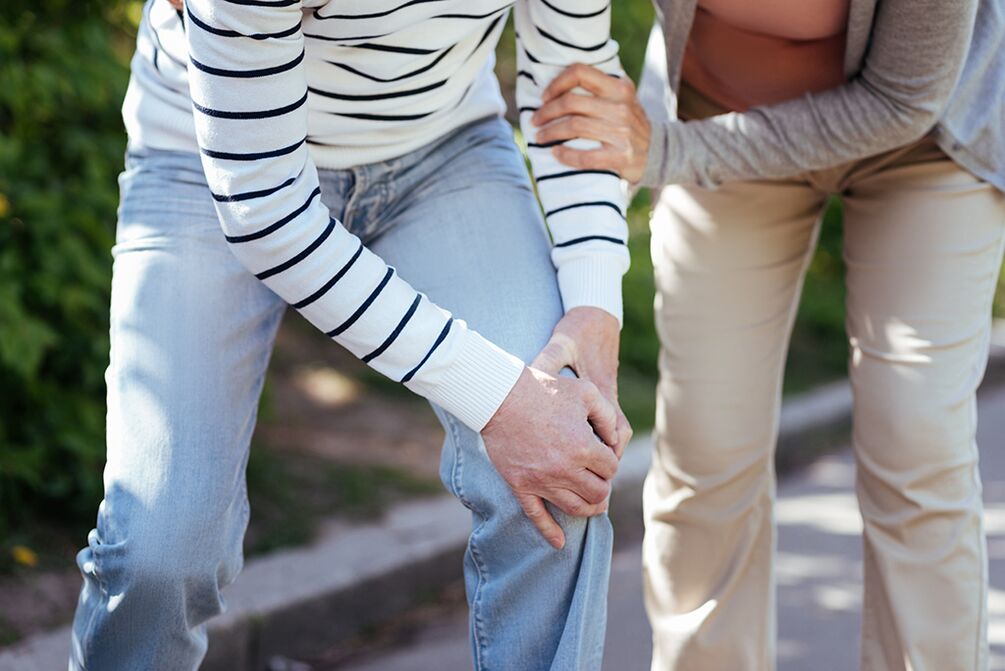
Treatments
The treatment of osteoarthritis is aimed at eliminating the cause of the disease, reducing pain, and rebuilding cartilage to restore joint mobility..For this, the patient is prescribed painkillers and anti-inflammatory drugs. At the first and second stages are also performed:
- injection therapy with the introduction of hyaluronic acid into the joints;
- SVF therapy, based on the ability of the stromal-vascular portion of adipose tissue to stimulate the recovery of damaged joints;
- PRP therapy with the introduction into the joint cavity drugs that eliminate inflammation and relieve pain;
- Peristaltic blockade with the introduction of peristaltic tissues drugs that restore joint mobility.
In case of persistent pain, surgical treatment is performed:
- orthopedic surgery to restore damaged joints (knees, hips, ankles and others);
- therapeutic and diagnostic arthroscopy, including meniscal surgery and osteopathy to remove cartilage defects.
During the period of remission, physiotherapy, exercise and massage are recommended.
In the third stage of osteoarthritis, hip arthroplasty (total, bipolar, unipolar) and total knee replacement are performed.
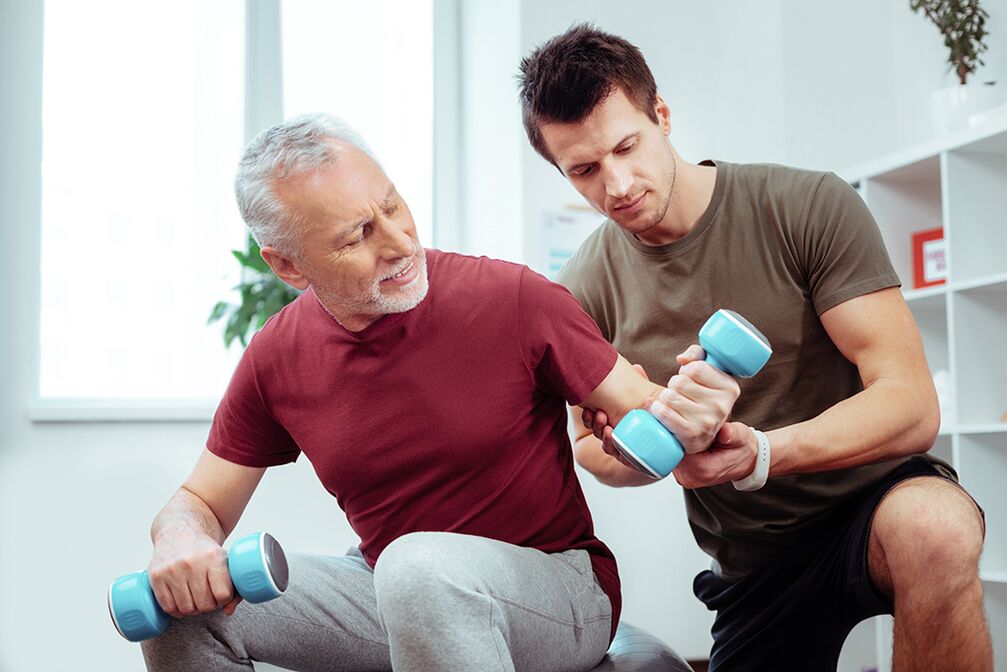
Prevention of joint disease
To prevent the development of joint diseases, experts recommend:
- avoid carrying heavy loads on joints;
- eat right, include foods containing collagen and omega-3 in the diet;
- regularly do stretching exercises, if possible visit the pool;
- do not overcool;
- wear comfortable shoes;
- refuse bad habits;
- weight control.
It is impossible to say which is more dangerous: arthritis or paresis, because if left untreated, in both cases, the joint will be completely immobilized, possibly destroyed and disabled. Therefore, it should be remembered that with timely treatment to the clinic, the patient can count on a favorable prognosis.
























